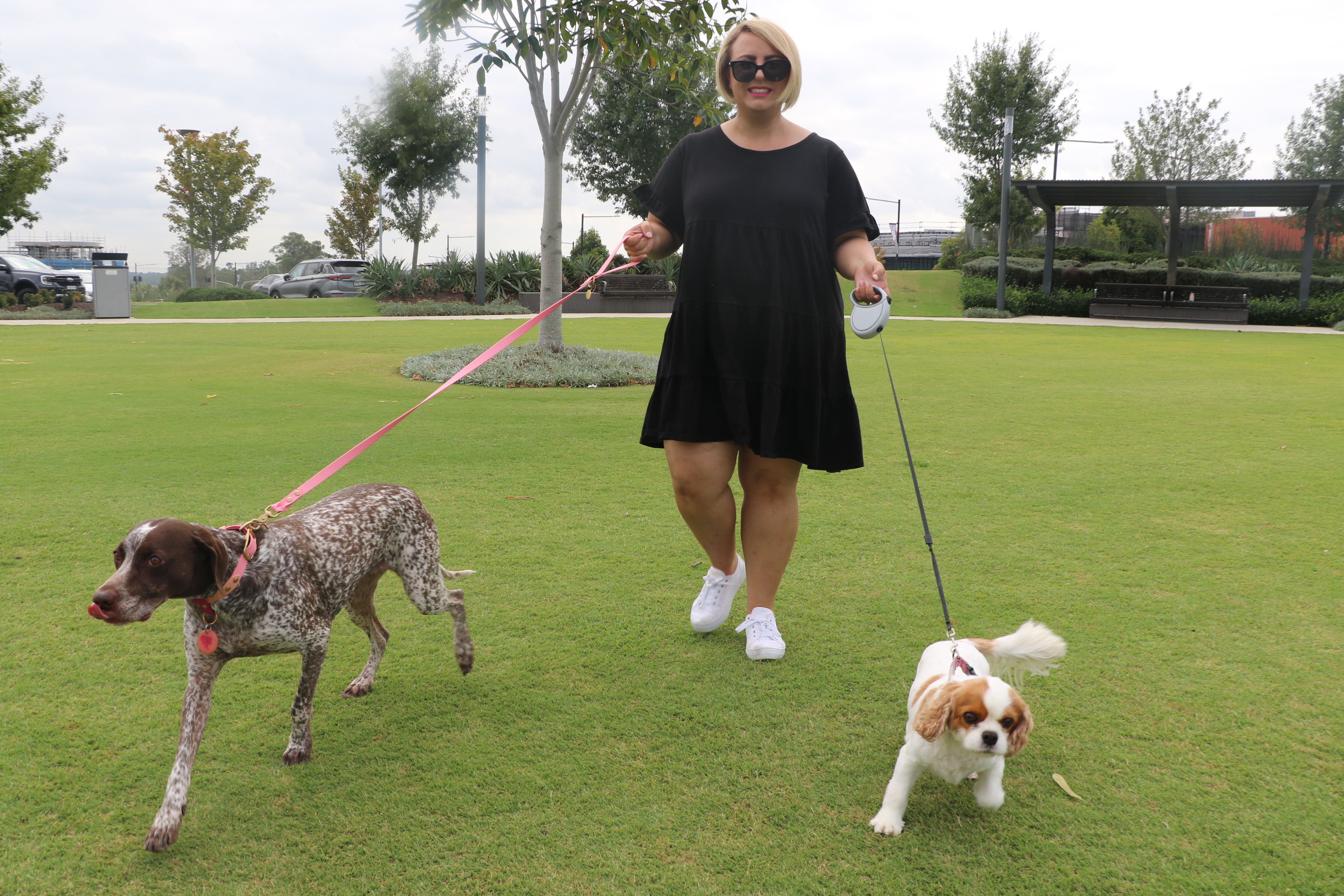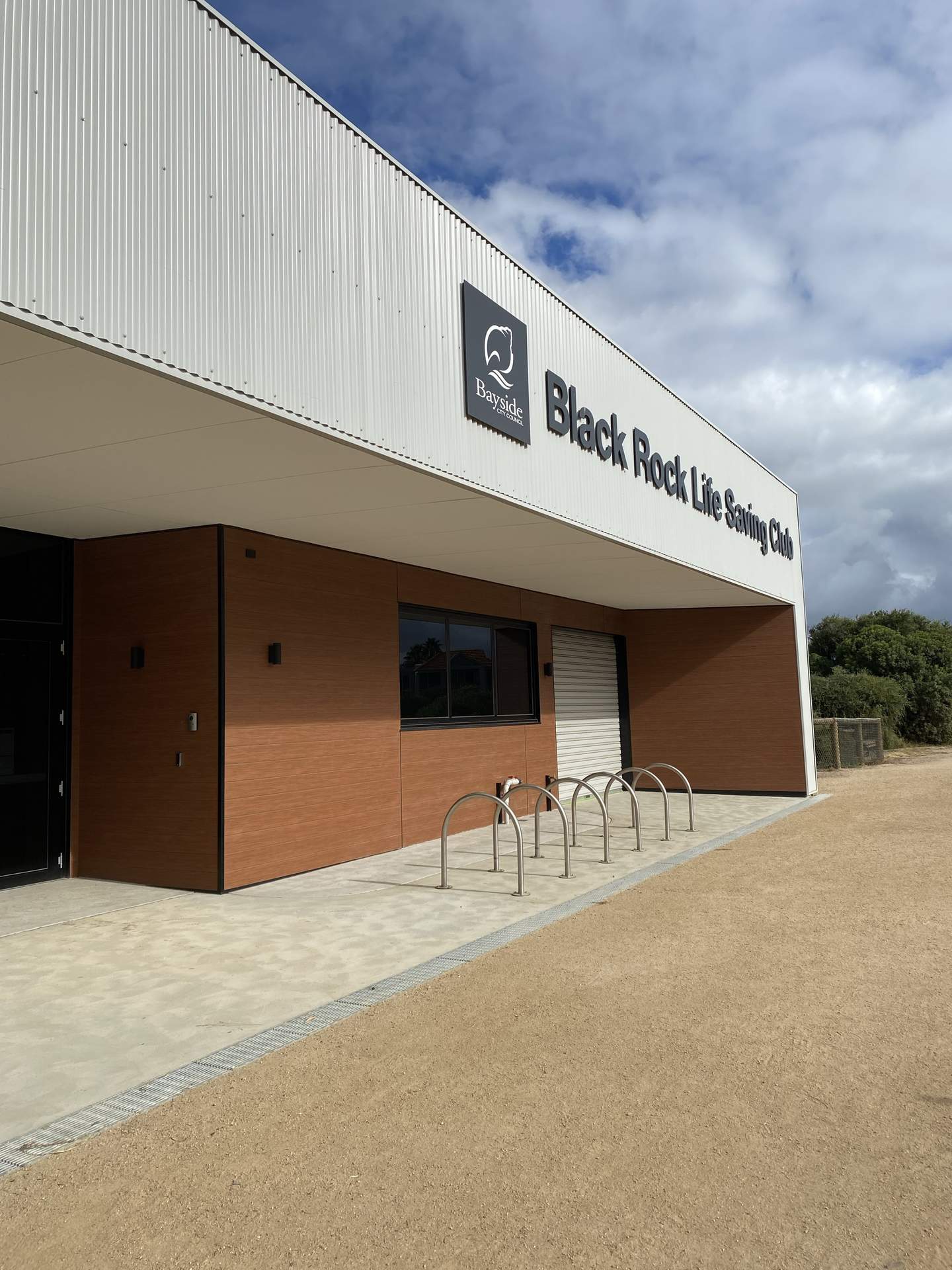The most common reason for children under 5 to visit hospital emergency departments is a lower respiratory tract infection (LRTI) like pneumonia or bronchiolitis. Dr Parveen Fathima’s team is developing a decision support tool to help doctors treat these infections.
Respiratory infections are usually caused by viruses, but they can sometimes be caused by bacteria. Children with bacterial infections should get antibiotics, but antibiotics don’t help children with viral infections. Children with viral infections just need symptom relief or may get better without treatment.
But even with chest X-rays and blood tests, it can be hard for doctors to tell the difference between viral and bacterial infections. As a precaution, doctors often give antibiotics, even though most children are unlikely to benefit. This exposes children to unnecessary treatments and creates extra costs. Taking unneeded antibiotics drives antimicrobial resistance, a global health problem.
Artificial Intelligence can help
Parveen’s decision support tool will help doctors tell if a child has a bacterial or viral respiratory infection. The tool will use a model based on a Bayesian network, a type of artificial intelligence. The model will calculate the probability that a child has a bacterial infection after taking into consideration their age, vaccination status, symptoms and any test results.
‘As the doctor finds out more information about a child, say from a blood test, they will be able to feed this information into the decision support tool,’ Parveen explains. ‘Our vision is that the tool will help the doctor decide if antibiotics or further testing are necessary. We expect this will give doctors more confidence in their decision-making.
‘Because most children have viral infections, we expect this will also help reduce unnecessary testing and antibiotic use. That will be better for children and reduce waste.’
Searching for the missing genetics causing diseases
Associate Professor Gina Ravenscroft is an expert in rare neuromuscular diseases. Known genetic variations cause some of these diseases. ‘We get a genetic diagnosis in 30-50% of patients with rare neuromuscular diseases,’ Gina tells us.
‘But for every patient that we diagnose with a genetic cause for their disease, for another patient we don’t find anything. We can’t tell those patients precisely what disease they have. We don’t know who else in their family might develop the disease or if they could pass it on to their children.’
Gina leads a team of researchers who face similar problems diagnosing the genetic causes of other diseases. The team includes experts in blood cancer, cerebral palsy and recurrent pregnancy loss. These researchers think hard-to-find genetic variations are part of the missing genetics of these and other undiagnosed diseases. They hope working together will help them find the missing genetics.
‘The issues are the same and the new technologies and tools we need are the same. By coming at it from a collective perspective, we hope to develop approaches that work for many different diseases,’ Gina explains.
Searching new regions of the genome
Our genes are contained in the well-studied coding region of our genome. But this region accounts for just 2% of the genome. ‘We often focus on the coding region of the genome because that’s what we can interpret,’ Gina explains. ‘But the cause of disease could be lying in the non-coding part. Our tests either don’t sequence the non-coding regions, or, if we do sequence those regions, we have no idea how to interpret what we find.’
With new technologies such as long-read gene sequencing and Bionano genome mapping the team can better sequence and interpret the non-coding regions of the genome. New bioinformatics tools can find and map genetic variations among the large volume of data these tests produce. Using these tools, Gina and her team hope to find new genetic variations that cause disease.
Finding the genetic cause can help prevent rare diseases
‘Many of the neuromuscular diseases that I work on present with severe characteristics in young children,’ Gina says. ‘Often those parents don’t want to have another child with that condition. If we can find the cause of that disease, they can have IVF. Embryos can be screened and only embryos free of that disease implanted.
‘For many rare disease families an accurate genetic diagnosis means they are no longer living in the dark. There are many families living with a disease whose journeys we could improve.’
Improving care of life-threatening infections in intensive care units
Life-threatening infections (sepsis) cause about 25% of admissions to intensive care units (ICUs) in Australian hospitals. 20% of those patients will die from sepsis and survivors often suffer long-term impairment such as organ damage and amputation.
Intensive care specialist Professor Andrew Udy leads a team creating a nationwide Critical Care Research Platform to improve the care of sepsis. The platform will help doctors find data about sepsis, participate in trials, disseminate that new knowledge and translate it into real world practice.
‘Sepsis is preventable if you intervene early enough,’ Andrew tells us. ‘Collecting data on how we manage sepsis will help the team find areas where we can make improvements. We want to know where is that patient group or scenario where we’ll get the most value for targeting interventions? What happened before the patient came to the ICU? Was there an opportunity to intervene hours or days earlier? Was this an education issue? Was this a process issue? Was it an equipment issue?
Preventing hospital acquired sepsis
‘Patients often acquire sepsis in the hospital. A patient could come in for their hip joint replacement perfectly well. They might have a minor complication from the hip. Then they develop a septic complication like a chest infection or a wound infection. The hospital has great processes for identifying patients that are deteriorating. It’s then that we want people to start thinking sepsis.
‘There are a lot of process of care interventions that could pay benefits. This will help probably the sickest group of patients in the healthcare system.’
Building effective research teams
The EMCR initiative was designed to help emerging research leaders build research teams.
Parveen brought together researchers from different fields including mathematics, medicine and epidemiology. ‘When this opportunity came up, we reached out to researchers working on different aspects of LRTIs and that’s how the whole thing came about. I’ve never worked with some of them before. It’s lovely,’ Parveen says.
Gina reached out to her peers working on the genetics of other diseases. ‘I’m excited about what this project represents,’ she enthuses. ‘It’s the coming together of the next generation of human genomics researchers across Australia.’
Andrew and his colleagues had been thinking for a while about how they could set up the sepsis Critical Care Research Platform. ‘When we saw the EMCR grant opportunity pop up, we identified it could be a great fit for us. We have this group of people that are keen to progress this research. We’re all mid-level researchers. This opportunity is great for us as a group,’ Andrew tells us.
Launching long term visions
The research leaders hope their projects will continue beyond the life of their EMCR funding.
After Parveen’s team develops the lower respiratory tract infection decision support tool, they plan to test the tool in a clinical trial before integrating it into hospitals.
Gina wants to build on her team’s discoveries of the missing genetics causing diseases by creating a platform for understanding genetic disease mechanisms. ‘Patients want therapies,’ she explains. ‘We need to understand how the diseases manifest and how we can treat these conditions.’
Andrew wants his sepsis care platform to find deficiencies in care using knowledge from other centres and parts of the world. ‘If we see we need to do better, we can workshop an intervention then drop that into our machine and see if we can make a difference to outcomes over time,’ Andrew says. ‘The platform will be an ongoing, self-learning quality assurance tool.’
Parveen, Gina and Andrew are among 23 applicants funded through the 2021 EMCR grant opportunity. The MRFF awarded $958,403 to Parveen’s project, $4,877,532 to Gina’s project and $4,899,778 to Andrew’s project.
Photograph: The early to mid-career researchers collaborating on Gina’s project.








